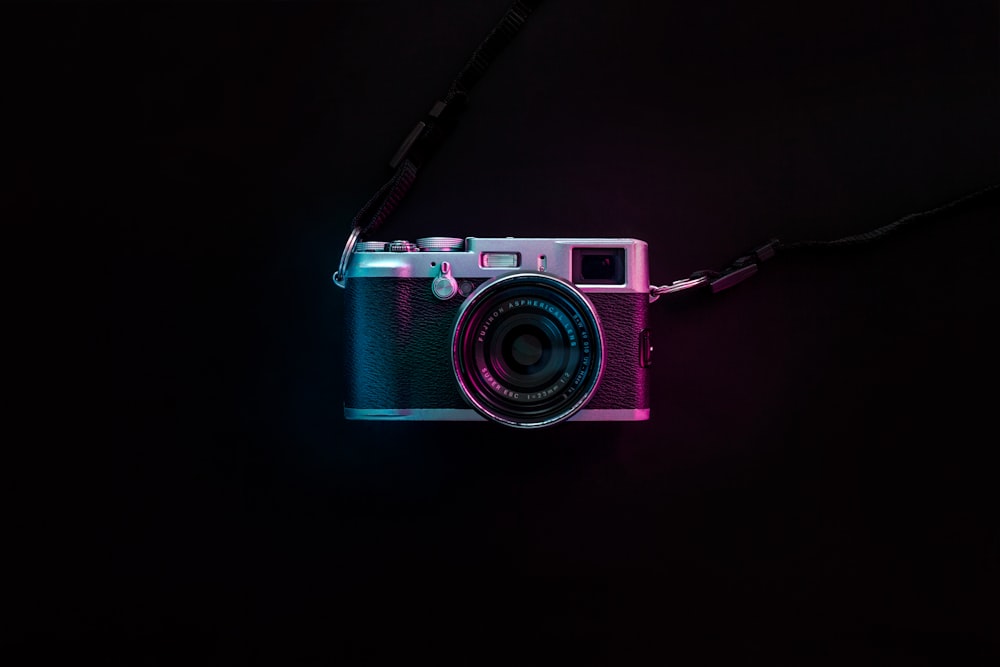5 minutes
Photography
Written by: Vipul
People:“YOU SHOULD NOT BE MAKING PROMISES THAT YOU CANT KEEP BRUH”.
I know, I know its been long since i posted anything because I had a lot of things happening in MINECRAFT, yeah thats true but I won’t be getting carried away by that now(I should write about minecraft someday tho).
So as of now I have written a few posts (YAY for that), but most of them were related to programming and computer stuff , I thought why not make the blog a little interesting by talking about some basic photography(Everyone loves clicking good pics so keep reading).
The author of this post is a great photographer and I am currently working on his website that’ll help him to show off his skills(sooner or later the website will be completed and you can check it out too).
SO WITHOUT FURTHER ADO LETS JUMP IN.
the basics of “THE CAMERA”
Everyone knows what a camera is, but very few people understand the right way to use it(that my friends is a QUOTE ⊂(◉‿◉)つ).Anyone who has the urge to click awesome pictures must first learn the basics of using a camera( and dont think that you know how to use one, cause believe me you dont (ಥ﹏ಥ) ).
Lets break down the first and the foremost basic thing that is powering on a camera well if you can’t then don’t worry YOU"LL ALWAYS FIND A CORNER TO QUESTION YOUR EXISTENCE(dont take it seriously I was kidding LOL).Once the camera is powered on we can talk about EXPOSURE now, exposure is one thing that amateurs really struggle with.
By understanding what exposure is, you can get started pretty quickly.
-
Exposure is nothing but the amount of light entering into your camera’s sensor.
-
It is component that decides how bright your image should be? or how dark should it be?.
-
Another interesting thing you should know is that exposure only effects the highlights of the image.
There are different types of exposures as mentioned below, each of them has slight differences from the others.
-
Under Exposed:
- An underexposed image is the sort of photograph that one might consider to be too dark. Here is a good example of such a photograph:

-
Over Exposed:
- Overexposure is the complete opposite of the previously defined term. An image that is brighter than it should be can be considered overexposed. When too much light is allowed during exposure, the result is an overly bright photograph.

-
Perfect Exposure:
- This is perhaps the most obvious and self-explanatory case. Correctly exposed image is the one that feels just bright or dark enough so that both the shadows and highlights are as they feel the most natural and comfortable to look at.

-
Long Exposure:
- Long exposure photography is when we are using a much longer shutter speed, and it’s usually used as a specific technique to achieve a certain effect.

-
Double Exposure:
- In photography and cinematography, a multiple exposure is the superimposition of two or more exposures to create a single image, and double exposure has a corresponding meaning in respect of two images.

Lets step up a little.
One of the three most important settings in photography is Shutter Speed, the other two being Aperture and ISO.Lets break them down on by one.
-
Shutter Speed: The amount of time during which the shutter of the camera is open is know as the shutter speed, well that is pretty obvious but did you know that Shutter speed can also change the brightness of your image, it is also responsible for creating dynamic effects such as freezing action and bluring the image.
- 1/4000 (max) = four thousand parts of a second.
- 30"(min) = 30 seconds (it obvious) You decrease the shutter speed to show the motion of the subject. You increase the shutter speed to freeze the motion of the subject. NOTE:When you increase the shutter speed the exposure decreases and when you decrease it the exposure increases.
-
Apperture: It can be defined as the opening in a lens through which light passes to enter the camera. It is an easy concept to understand if you just think about how your eyes work. As you move between bright and dark environments, the iris in your eyes either expands or shrinks, controlling the size of your pupil. Aperture has several effects on your photographs. One of the most important is the brightness, or exposure, of your images. As aperture changes in size, it alters the overall amount of light that reaches your camera sensor – and therefore the brightness of your image.
-
ISO: In Digital Photography ISO measures the sensitivity of the image sensor. The same principles apply as in film photography – the lower the number the less sensitive your camera is to light and the finer the grain.Higher numbers mean your sensor becomes more sensitive to light which allows you to use your camera in darker situations. The cost of doing so is more grain (although cameras are improving all the time and today many are able to use high ISO settings and still get very useable images).
